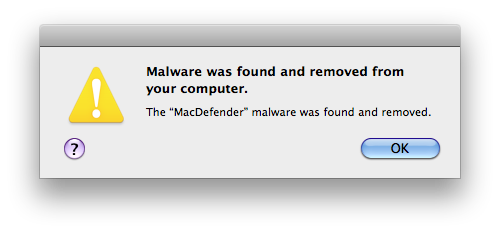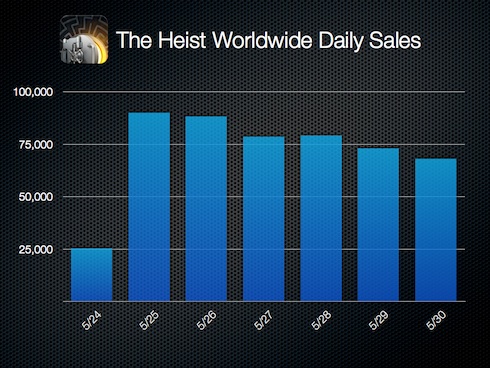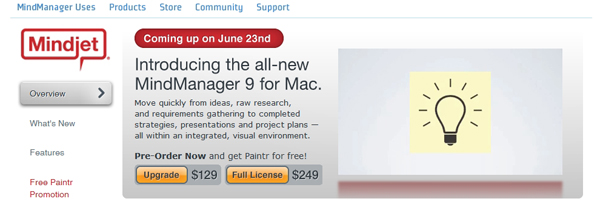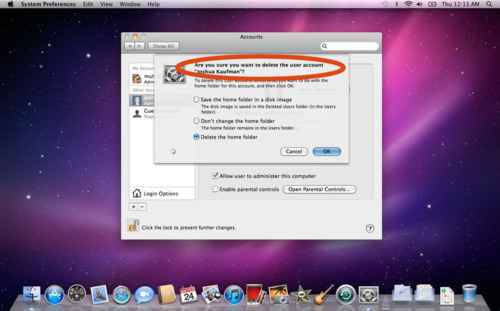GigaOM has posted an interview with Tapjoy CEO Mihir Shah, detailing how Apple is still not accepting new and updated applications that rely on pay-per-install networks like, indeed, Tapjoy. Back in April we reported Apple, after altering its App Store algorithm to better promote apps based on active usage and quality rather than download numbers, started rejecting apps powered by “pay-per-install” systems and offer-walls – basically in-app links and buttons that allow users to gain free virtual currencies and other goods by downloading another app from the App Store. Developers get paid, users get free goods only by downloading an app they can decide to never open and, on the other side of the spectrum, Tapjoy and other companies manage the entire system by giving developers the tools to implement these functionalities.
As Apple started tweaking the algorithm, it was reported the company didn’t like offer-walls and pay-per-install networks anymore as they saw them like a way to cheat the App Store charts and make some apps rank higher because of the downloads and promotions. Tapjoy then started capping downloads through it networks to comply with Apple’s new rules, but CEO Mihir Shah says he’s “confused” as that’s proven to not be enough for Apple, with the App Store team also saying they had no time to discuss the proposed solutions.
Tapjoy, whose app promotion campaigns have been halted by Apple in new and updated iOS apps, has come up with a new solution that it hopes can help it avoid Apple’s recent ban. The company has proposed a simple fix that allows Apple to identify app referrals from Tapjoy’s ad network so it can prevent those downloads from being counted by the App Store ranking algorithm.
Tapjoy CEO Mihir Shah said he reached out to Apple three weeks ago and offered to include a referral URL for the App Store when a user chooses to download an app in exchange for virtual goods. That would allow Apple to identify that the download came from Tapjoy and not count it in the App Store ranking algorithm. Shah said Apple wrote back a couple days later saying it had no time to discuss the issue.
Tapjoy is seeing an obvious decline in revenue and traffic on iOS devices, though they’re making up with growth on the Android platform. Many suggest Apple does no longer accept this kind of offer-walls because they want to promote iAd for developers among advertisers; however, Apple’s review guidelines for App Store apps explicitly mention that “developers who attempt to manipulate or cheat the user reviews or chart ranking in the App Store with fake or paid reviews, or any other inappropriate methods will be removed from the iOS Developer Program.”










